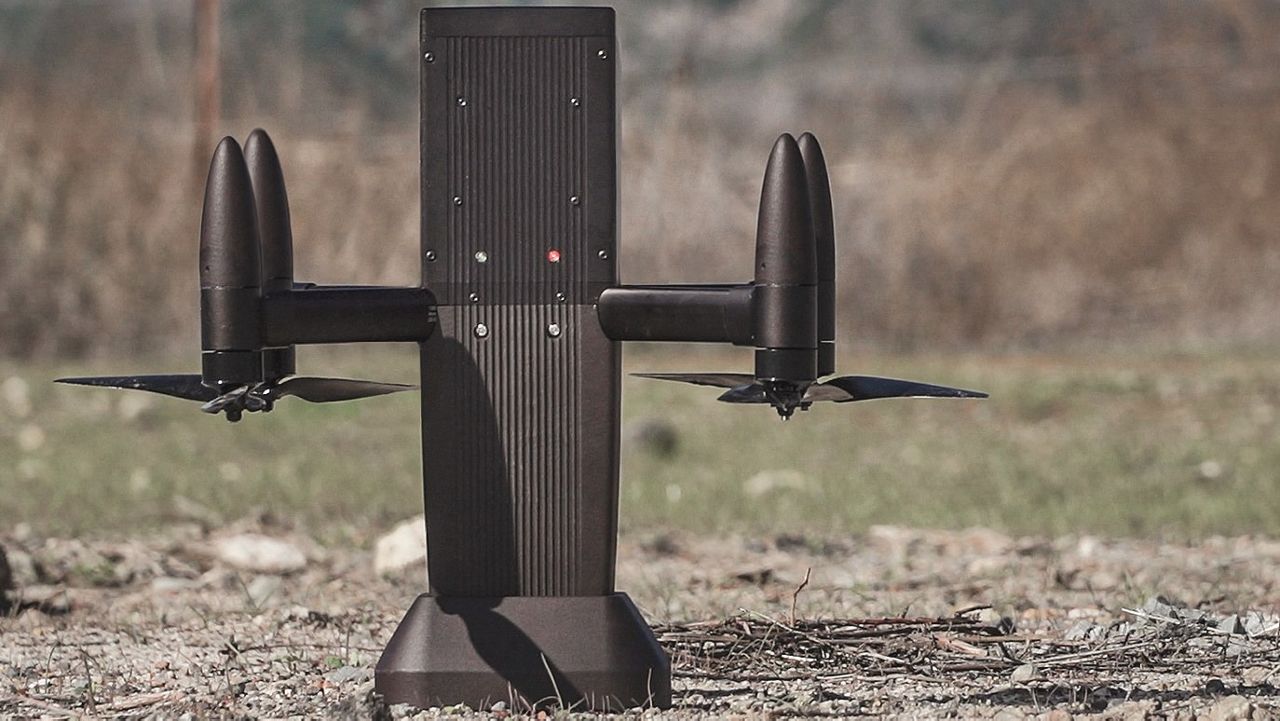COSTA MESA, Calif. — Fast-growing defense technology company and drone maker Anduril Industries recently announced a $450 million fundraising round, valuing it at $4.6 billion.
Some analysts say that figure, provided by the privately held company, sounds high. But the Costa Mesa-based defense business has been steadily recording victories over recent months.
At just four years old, the company has rapidly grown in employees, locations and valuation. It recently moved its U.S. headquarters from Irvine to Costa Mesa with room for 2,100 employees; it has expanded offices in Boston, London and Seattle; it deployed its Sentry Tower surveillance sensors in cooperation with U.S. Customs and Border Protection.
The company's growth is also a boon for Costa Mesa, a city hit particularly hard by budget shortfalls during the pandemic. The company anticipates hundreds of new hires in the next few years, many of which could be high-paying.
The investment comes at a time when some analysts see a return to growth in the drone market after a few down years.
The company has just two drones in production but benefits from other projects like Lattice, an operating system used on its Ghost 4 helicopter drone, and machine learning capabilities that can be used in other surveillance and detection capacities.
The American drone market is competitive but roughly segmented into three tiers. The traditional defense companies, like Northrop Grumman, run the largest, most time-tested systems like the massive Global Hawk, a high altitude reconnaissance plane already used in war. And there's the Predator, the General Atomics drone used to bomb enemy targets.
Anduril and companies like Aerovironment occupy the second tier. Each is younger than the legacy companies with less history of government investment in its programs.
Drone technology has been rapidly expanding in scope as Pentagon buyers invest and operating system technology improves. Northrop Grumman even successfully landed and launched its X-47B drone from an aircraft carrier.
The recent investment in Anduril, made by an existing stakeholder, implies optimism in the company's potential growth in terms of profitability and employment.
David Benowitz, the head of research for Drone Analyst, sees Anduril as competitive in the space.
And now, Benowitz thinks the industry is returning to an upward trajectory. While it had declined since 2017, he said investment during the pandemic has gotten it back in growth mode, but Pentagon investment with minimal overseas military operations is finite.
"If you're not in an active war, who's buying enough units to prop up a $4.6 billion business?" Benowitz said. "The math doesn't add up."
He added that Anduril must be making ends meet with its other products.
Benowitz's firm concluded all drone markets combined — including defense and agriculture — make up about $3.5 billion.
"This market is crowded. There are a lot of other competitors, and they're not going to capture a 100% of that market," he said.
What the future of drone warfare may be is up in the air. Without a military theater for Pentagon buyers to look at, it's hard to forecast what the military will want or military commanders will need. Hardware makers have long been looking at the climates and conditions of locations like Iraq and Afghanistan. What conditions prototypes or new iterations of existing drones will need to endure is impossible to predict.
John Pike, a defense analyst and director of GlobalSecurity.org said it's clear to him that small, single use-drones — like some models made by Aerovironment — won't be useful long term.
"For reconnaissance, however, I think they're great," he said. "If I were a commander, I'd rather send out a drone to see what's going than send out some guys."
CORRECTION: An earlier version of this story incorectly identified the hardware deployed in cooperation with U.S. Border Protection and Customs. The correct name of the hardware deployed is the Anduril Industries Sentry Tower.



